The technology is evolving day by day to reach new heights, making human life more convenient and easier. The fusion of medicine and technology is a perfect step towards continuously improving the quality of human life. How has technology gradually changed medicine, and what does the future hold for medical technology? Explore interesting information on this topic in the following FSI article.
1. Artificial Intelligence (AI)
AI has always been anticipated by scientists to redesign the entire current healthcare cycle. AI algorithms are now applied in medical record mining, treatment planning, patient monitoring, and control in healthcare facilities worldwide.
Moreover, with machine learning capabilities on extensive databases, some AI solutions have proven feasible in assisting early disease diagnosis with relatively high accuracy.
2. Virtual Reality (VR)
Currently, VR technology has dual effects on both doctors and patients. For doctors, it is used to train surgical procedures in practical exercises.
A recent Harvard Business Review study showed that surgeons trained using VR technology could increase overall performance by 230% (faster and more accurate) compared to other traditional training methods.
Patients also benefit significantly from this technology. VR helps doctors create pain treatment methods, guiding patients away from pain stimuli (by having patients wear VR application glasses and experience gentle, soothing images/scenes). As a result, patients’ pain is significantly relieved and reduced.
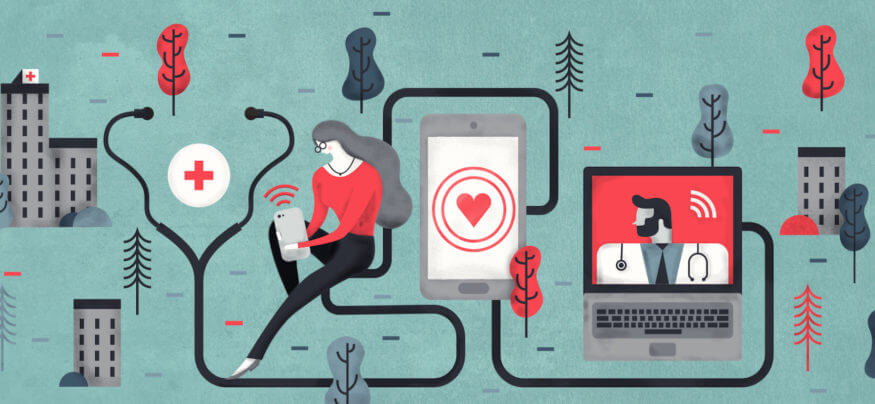
3. Augmented Reality (AR)
While VR provides a completely new virtual world, AR (Augmented Reality) combines the real world with virtual information. AR enhances the user experience by seamlessly integrating virtual details created by computers or smartphones into the real world. This technology allows users to comfortably interact with virtual content in real life, such as touching or grabbing.
Currently, medical students in some countries use AR augmented reality glasses in anatomy research. These glasses help doctors access detailed and accurate descriptions of human anatomy for in-depth research without the need to be physically present.
4. Health Monitoring Devices, Healthcare Sensors
People tend to monitor and manage health indices, leading to the creation of health sensor devices. Thanks to wearable sensor devices, parameters such as weight, daily activity level, heart rate, or sleep quality are regularly and accurately updated.
These devices empower individuals to control their health, provide early warnings of unusual signs, and share results with personal doctors, enabling people to make informed and timely decisions.
5. Tricorder Healthcare Device
The Tricorder healthcare device, also known as Scout, allows users to monitor body temperature, electrocardiograms, heart rate, oxygen saturation, or stress levels accurately. The device works when in contact with the user’s forehead for about 10 seconds, providing instant results.
It can be affirmed that healthcare technology is continuously developing exponentially. The dream of a world with all-encompassing devices capable of diagnosing and analyzing diseases in detail is gradually becoming a reality.
Various researched and developed products in the market reflect this trend. These devices are often small and thin, accurately measuring a range of parameters such as respiratory rate, heart rate, body position, skin temperature, activity level, gait, sleep status, etc.
6. Genome Sequencing
The U.S. government has allocated up to $2.7 billion for the genome sequencing project. Efforts are being made to sequence the human genome at a cost of $100 per person, equivalent to conducting blood tests.
Genome sequencing results provide information on sensitivity to various drugs, overall health status, or unusual signs for prevention. It can even reveal family medical history.
7. Drug Development Revolution
Developing new drugs requires significant time and resources. However, to shorten the time and ensure patient safety, many pharmaceutical companies have applied artificial intelligence in drug trials.
Modern technologies and approaches are, are, and will gradually dominate the pharmaceutical market, creating the highest quality drugs for each patient’s health.
8. NANO Technology
Nano-particles and nano-devices are predicted to soon act as accurate drug carriers and become tools for treating cancer, even performing some surgical procedures.
Since 2014, researchers at the Max Planck Institute of Evolutionary Anthropology in Germany have directly designed super-small robots that can move inside the human body. In late 2018, researchers at the Massachusetts Institute of Technology (MIT) created a wirelessly controlled electronic pill. It acts as an information relay to aid diagnosis or release medication based on pre-connected smartphones.
Nano-technology can also help create smart patches. At CES 2020, a French-based company introduced a smart patch. This patch continuously monitors wounds and uses a graphene core to stimulate the wound healing process.
9. Robotics
The application of robots in medicine has become highly advanced. Various types of medical robots are currently being applied in healthcare facilities in many countries, such as companion robots in surgery, robots assisting elderly patients, or disinfection robots.
The presence of these robots can reduce psychological issues for humans and help children with chronic illnesses. Some robots are equipped with sensitive sensors and camera systems, allowing patients to interact easily.
10. 3D Printing
3D printing technology has truly performed miracles in medicine. This technology uses CT or MRI scanning systems. The devices used can scan and cut any part of the human body. By stacking these layers together, a three-dimensional image of an organ or body part is created. Nowadays, modern medicine can create lifelike prosthetic limbs, teeth, bones, etc., with perfect precision. These parts can move flexibly with the help of other supporting devices.
Currently, some scientists worldwide are researching the production of complex body parts (organs) through 3D printing technology combined with cell separation technology. That means these 3D parts can completely “live” and perform tasks equivalent to the original parts in the human body.
In November 2019, researchers at Rensselaer Polytechnic Institute in Troy, New York developed a method to 3D print living skin along with blood vessels. This research has opened up a new method of grafting for burn patients. The pharmaceutical industry has also benefited gradually from this modern technology. Since around 2015, FDA-approved 3D-printed drugs have been officially distributed widely in the market.
In conclusion, these are the results, the marvelous achievements of the combination of medicine and technology. Modern innovations have gradually improved human health quality, allowing each of us to be more proactive when facing illnesses. Thanks to the development of modern technologies, many complex and dangerous diseases at present are sure to find treatment methods through modern technology in the future.
Cre: fsivietnam


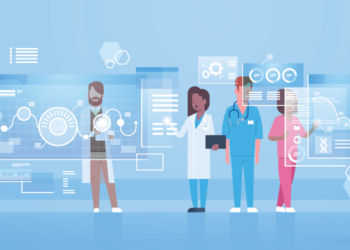
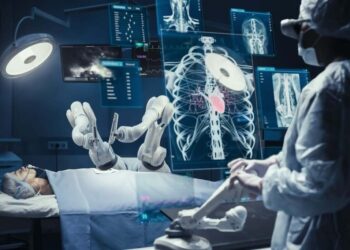
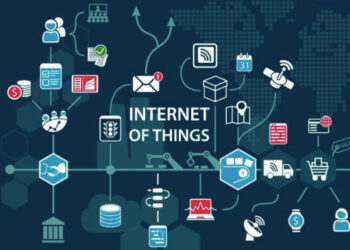
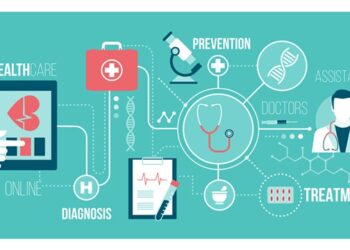
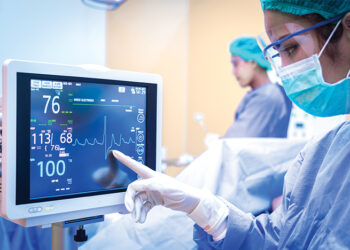
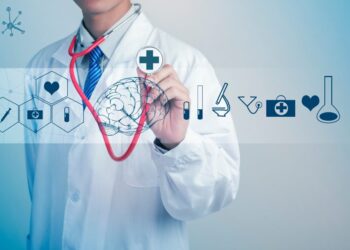














Discussion about this post